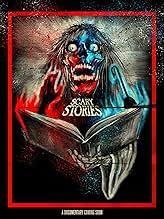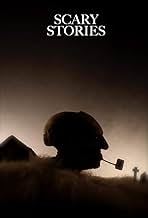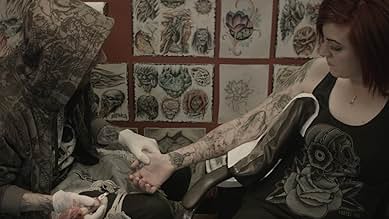It's a rare feat that a director completes a documentary that is well-photographed, has a solid soundtrack, and good audio. Despite these solid features, and some highlights, this film is flawed, and unnecessarily so.
Some two thirds of this film contain solid interviews with contributors to the book, some reputable scholars, and Schwartz's son and wife. Glimpses of the man, a truly prolific writer, and his seemingly troubled family, are moving, insightful, and a joy to watch. Some of the scholars offer powerful considerations of the thematic content of Schwartz's memorable stories, and Gammell's incredible art. This is fantastic, and make the film worth watching.
Meanwhile, the other third of the film feels wasted. First, much ado is made about the controversy the book provoked. Why do I care about what a PTA mother was thinking about a book in the 80s? I care about the books themselves.
The film is also loaded with fan interviews; a pat, badly-acted recreation and other retellings; and lesser known artists talking about how cool Scary Stories are.
For example: the film opens with a musician you've never heard of. The first four minutes of the film is dedicated to his singing a song inspired by Schwartz. Later, five minutes are dedicated to a wedding photographer recreating Schwartz's work. Schwartz' grandson--who comes across as charismatic and intelligent--leafs through Schwartz's work. This young man never knew Schwartz personally, nor does he seem to have any credential beyond being a removed relative. An interesting, though again not especially important five minutes, focuses on a sculptor reproducing Gammell's iconic Scary Stories cover. But why?
It seems these smatterings (of which there are too many) are some attempt to link Schwartz's work to those artists alive, creating, and influenced today. But these artists (save perhaps R. L. Stine, who barely talks about the titular stories) are not especially renowned And these scenes are tiresome and overlong for an 80 minute documentary, while revelations about the works themselves are touched upon in a limited way.
The final scene, a staged moment between two interesting people, is exemplary of my point. For such a momentous, impactful set of books, we find ourselves seeing Schwartz's son defending the rights of children to read Scary Stories to the censorship weilding PTA mother. While it's lovely to see a son standing up for his father, in my mind the film again misses such fertile material: the works themselves.

























